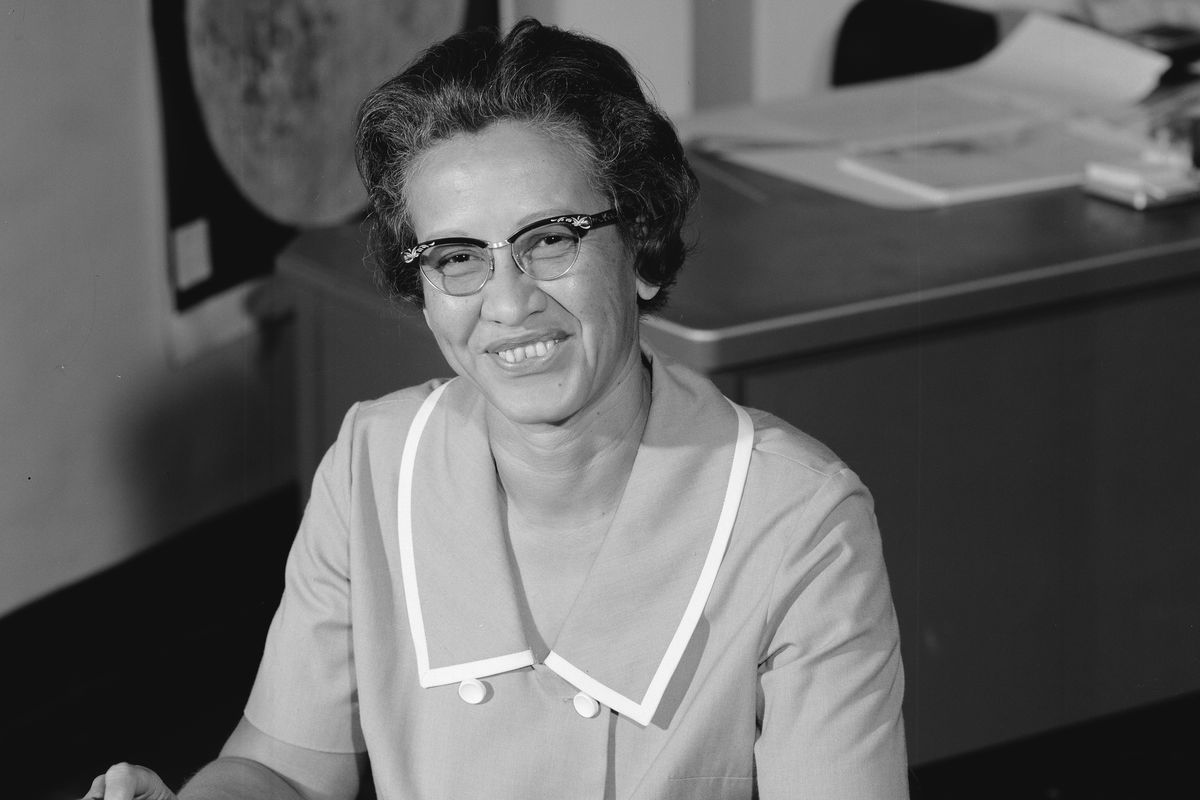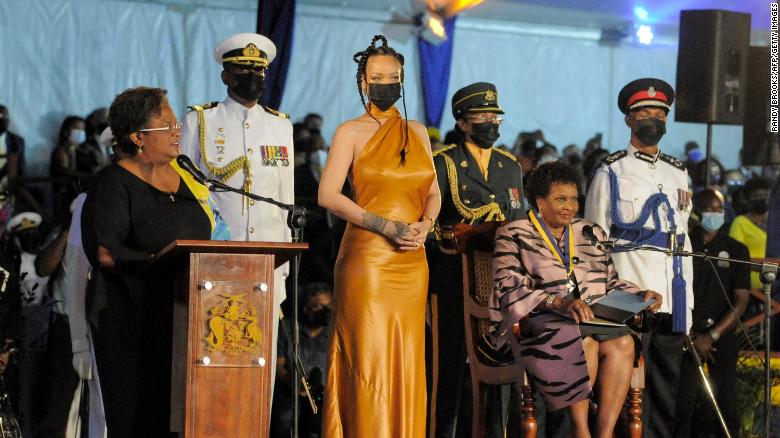In our opinion: ‘Hidden Figures’ Katherine Johnson humbly changed the course of a nation

“I was just doing my job,” sounds like an understatement when the work of sending humans to the moon and returning them safely is involved, but that’s what Katherine Johnson has to say about her career, and it’s just the quiet confidence and humility that makes her life so extraordinary.
Johnson, one of the NASA “computers” that guided Neil Armstrong to the moon and back, died Monday at 101. Her skill in geometry and facility with tabulations made her a standout among a host of educated peers and a trusted colleague of even the U.S. astronauts.
When John Glenn of the Mercury program was days away from orbiting the earth in Friendship 7, he received his trajectory from a computer — the modern electronic version, not the human kind — and had enough mistrust in the new technology to insist Johnson double-check the figures by hand. “If she says the numbers are good,” he said, “I’m ready to go.”
Johnson’s mathematical mind is worth celebrating, but so too was her ability to jump the enormous hurdles life placed in her path. Johnson was born at a time when the odds said she was more likely to die by age 35 than to finish high school, according to the book of Johnson’s career, “Hidden Figures.” She grew up in segregated West Virginia where her local school system went as high as sixth grade for African Americans. Her father took the family more than 100 miles away to attend what is now West Virginia State University. By age 14, Johnson had graduated high school and moved on to undergraduate studies.
After a short career in teaching and the death of her first husband, Johnson got a tap on the shoulder to answer NASA’s call for black female mathematicians. She was hired in 1953 and within two weeks was assigned to the Flight Research Division, the group that would be responsible for many of the space flight calculations that would dominate the next decade.
Despite her innate talent and outward success, Johnson faced what The New York Times describes as double segregation: She not only had to use facilities separate from those afforded the other white women computers, but was also, as a female, separated from the organization’s male workforce.
None of which seemed to undermine Johnson’s confidence to do the task at hand. “I don’t have a feeling of inferiority,” she reportedly said. “Never had. I’m as good as anybody, but no better.”
Such modesty could be criticized by those who prefer the aggressor’s path, but humility is as much a professional virtue as it is a foundation of a healthy, happy life. It’s what separates a leader from a manager, a teacher from a tyrant. And it makes Johnson’s contributions to America’s defining moment of the 20th century all the more inspirational.
This country is indeed better off for going to the moon and doing the other hard things, to paraphrase President John F. Kennedy. Johnson and an unassuming army of barrier breakers just like her deserve the credit for that as much as their moonwalking counterparts. Her life is a reminder that one person’s talent, combined with a vision and the courage to reach it, can change the trajectory of a nation.
Image Source:*NASA via Associated Press
Source:deseret.com






